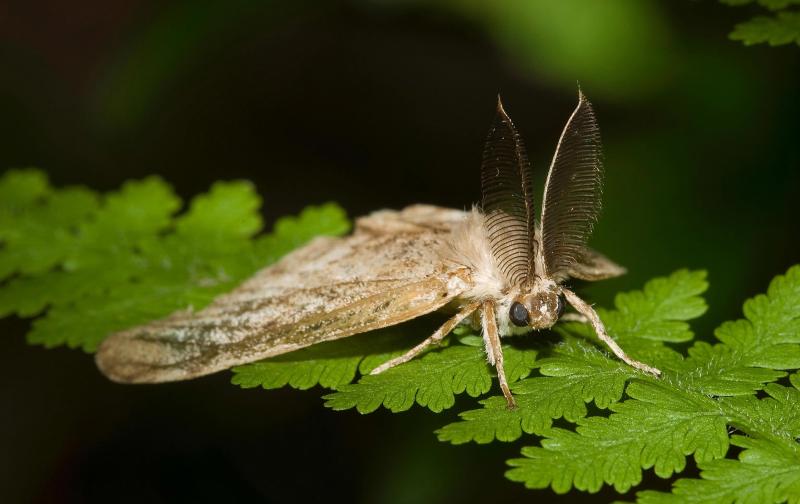
The body charged with keeping global trade in plant products safe has adopted new standards aimed at preventing destructive agricultural pests from jumping borders.
The standardised norms developed by the International Plant Protection Convention (IPPC) cover a range of strategies and techniques used to prevent the introduction and spread of plant diseases and pests.
The measures will thereby avoid their often-devastating impacts on biodiversity, food security and trade.
Each year an estimated 10-16 percent of the global harvest is lost to plant pests. A loss estimated at $220 billion.
According to UN data, some $1.1 trillion worth of agricultural products are traded internationally each year, with food accounting for over 80 percent of that total.
New measures adopted this week by the IPPC's governing body, the Commission on Phytosanitary Measures(CPM), include a standard on the use of various temperature treatments against agricultural pests.
The standard aims at ensuring that such treatments are consistently and effectively used in different operational contexts.
The norm covers cold treatment techniques that freeze and kill pests as well as those that raise temperatures past their survival threshold.
This can be achieved by submerging them in extremely hot water or exposing them to super-heated steam (for commodities vulnerable to drying out, such as fruits, vegetables or flower bulbs) or dry heat (ideal for low moisture-content items such as seeds or grain).
Pest-killing temperatures
The standards also include improved sanitation of wood packing materials. An existing standard, known as ISPM-15, was updated to include the use of sulphuryl fluoride — a gas insecticide.
It will include new-generation heating technologies that employ microwave and radio frequency waves to generate pest-killing temperatures deep inside wood products.
An expanded standard on the use of heat vapour to kill Oriental Fruit Flies has been announced. The highly destructive, fruit-attacking Bactrocera dorsalis originated in Asia but has now spread to at least 65 countries.
Its presence in Africa, where it first appeared in 2003, costs the continent an estimated $2 billion in annual losses due to fruit export bans.
The control technique outlined under the new measure kills 99.98 percent of the bug's eggs and larvae when used correctly.
Sudden oak death
The IPPC Commission also approved revisions that streamline existing standards targeting fruit flies to make it easier for countries to comply with them and improve their effectiveness.
It also endorsed new diagnostic protocols for sudden oak death, a fungi-like organism of unknown origin that attacks a wide range of trees and shrubs in nurseries, introduced into western North America and western Europe through the ornamental plants trade.
Lastly, the IPPC approved new diagnostic protocol for tospoviruses, which affect 1,000 plant species and are causing devastating losses, especially to tomato, potato and squash and cucumber yields.
The dangerous hitchhikers carried by global trade — plant pests and diseases — once introduced into new environments can quickly take root and spread, impacting food production and causing billions in economic damages and control cost.
